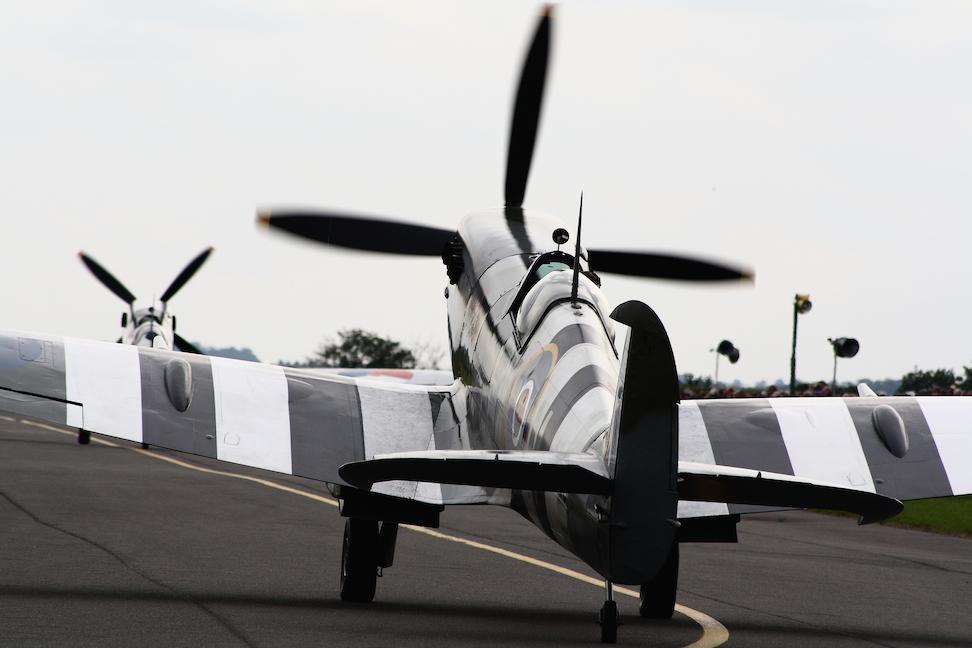Supermarine Spitfire 2/6
The Supermarine Spitfire is a British single-seat fighter aircraft used by the Royal Air Force and many other Allied countries throughout the Second World War. The Spitfire continued to be used into the 1950s both as a front line fighter and in secondary roles. It was produced in greater numbers than any other British aircraft and was the only Allied fighter in production throughout the war.
The Spitfire was designed as a short-range high-performance interceptor aircraft by R. J. Mitchell, chief designer at Supermarine Aviation Works (since 1928 a subsidiary of Vickers-Armstrongs). He continued to refine the design until his death from cancer in 1937, whereupon his colleague Joseph Smith became chief designer. The Spitfire's elliptical wing had a thin cross-section, allowing a higher top speed than the Hawker Hurricane and several contemporary fighters. Speed was seen as essential to carry out the mission of home defence against enemy bombers.
During the Battle of Britain there was a public perception that the Spitfire was the RAF fighter of the battle; in fact the more numerous Hurricane actually shouldered a greater proportion of the burden against the Luftwaffe.
After the Battle of Britain, the Spitfire became the backbone of RAF Fighter Command and saw action in the European Theatre, Pacific Theatre and the South-East Asian theatre. Much loved by its pilots, the Spitfire saw service in several roles, including interceptor, photo-reconnaissance, fighter-bomber, carrier-based fighter, and trainer; it was built in many different variants, with two different types of engine and several wing configurations.
countries warfare aviation World War documentary air force Military raf War World second supermarine allied Force Air royal aircraft Fighter seat single British Spitfire



